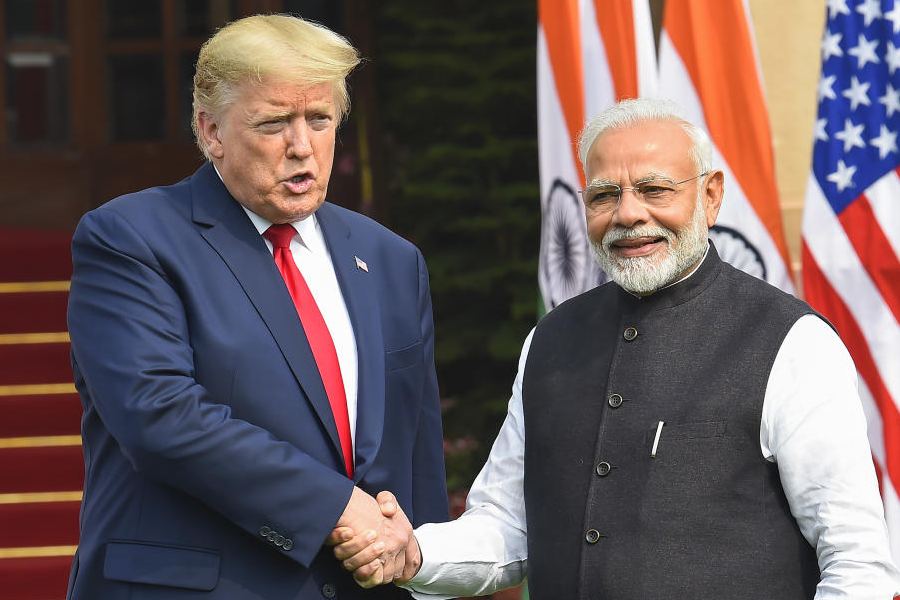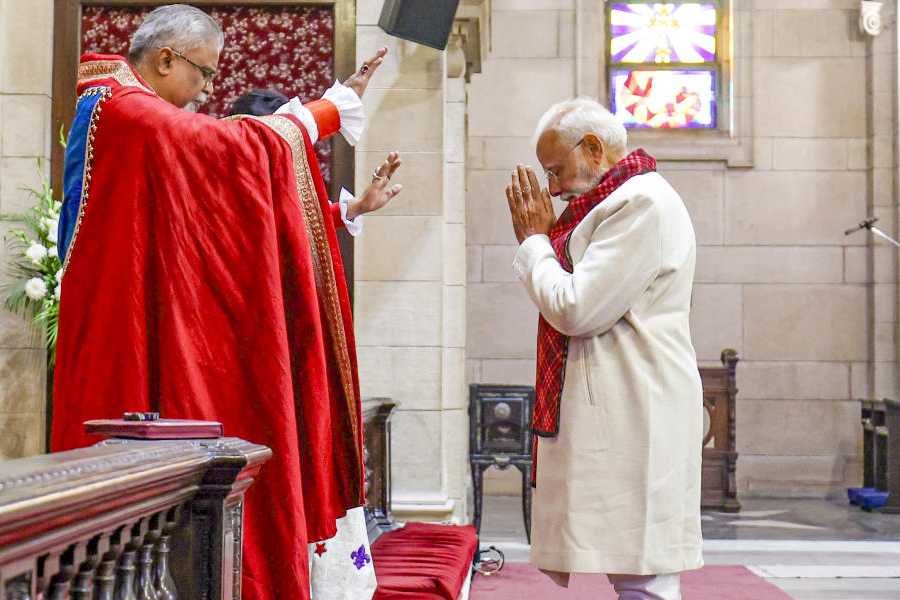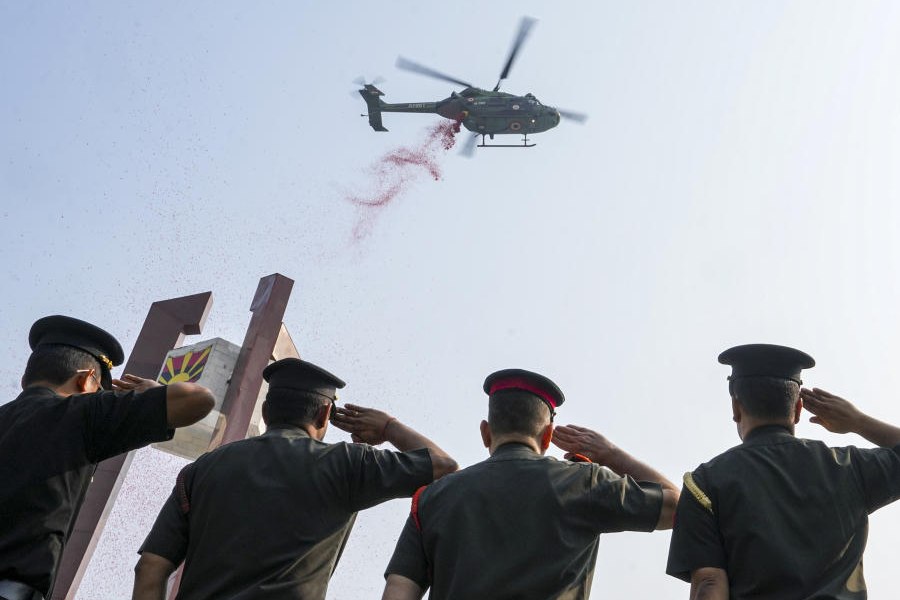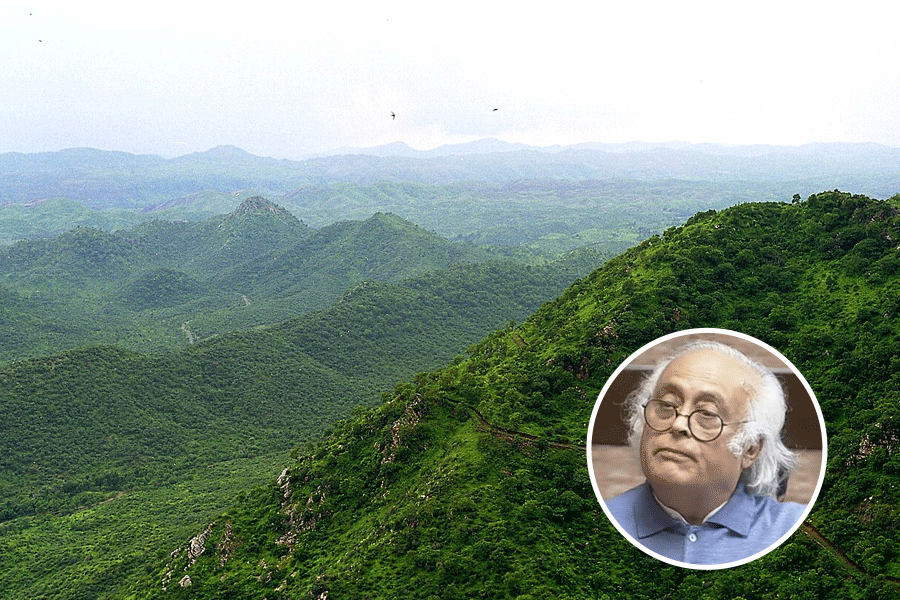 |
| Migratory birds in Khandoli Dam in Giridih on Sunday. Picture by Tusheen Rubani |
Birdwatchers who wait for November every year to catch a glimpse of the winged guests are a disappointed lot as migratory birds seem to be giving Jharkhand a miss.
Reservoirs of Giridih and Hazaribagh — once a favourite hangout of birds at the advent of winter — boast only a handful of avians this year.
Popular tourist spot Khandoli Dam, 8km from district headquarters at Giridih, used to host around 14 to 20 species of birds. This year, it has attracted just five to six varieties such as bar-headed goose, mallard, Siberian duck, Brahminy shelduck (globally known as the ruddy shelduck) and cormorant.
From the second week of November, birds from the north — sometimes all the way from even Australia — start thronging the dam due to its warmer climate. They go back to their habitat in March.
Avid wildlife enthusiast Abhishek Sahay said Khandoli provided a favourable climate as well as adequate food to migratory birds.
“These birds cover several thousand kilometres — from Australia, Africa, other parts of Asia as well as the Himalayan belt — to reach here. But in comparison to previous years, the number of our feathered friends have decreased,” he added.
According to Sahay, the reasons why migratory birds could be giving the region a miss was change in weather.
“It is unusually warm weather for this time of the year. Add to that are factors such as rising pollution and human interference in the form of poachers who target the birds for their meat,” he said.
Seeing the dip in numbers, other environmentalists also have sounded a warning bell.
“This is for the first time that migratory birds have not visited Charwa Dam and Hazaribagh Lake. But still, I hope some will arrive, albeit late. The biological clocks of birds have not adjusted to shorter and warmer winters,” said Satya Prakash, president of Hazaribagh-based NGO Neo Human Foundation, which works for wildlife conservation.
“I will visit all reservoirs and conduct a census to know the reasons behind the low turnout,” he added.











